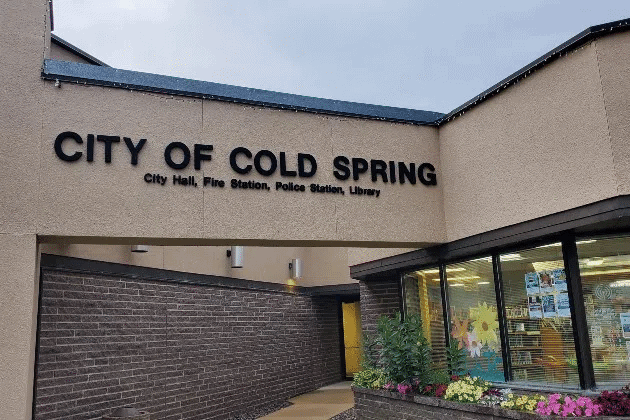
Interstate 10 (I-10) is a crucial artery in the U.S. transportation grid, facilitating the movement of people and goods across several states. However, one of its persistent challenges is weather interference, particularly hurricanes. This article explores how these natural forces impact I-10 construction efforts and disrupt traffic management, while also highlighting the strategies deployed to mitigate these impacts.
The Challenge of Hurricanes for I-10 Construction
The presence of hurricanes along the Gulf Coast poses significant challenges for ongoing construction on I-10. Hurricanes not only create immediate threats during their occurrence but also have lasting effects on infrastructure. Let’s delve deeper into these obstacles and their implications.
Immediate Effects of Hurricanes
When a hurricane strikes, it brings with it winds exceeding 74 miles per hour, torrential rains, and the potential for devastating storm surges. These weather conditions can:
- Cause construction delays due to site shutdowns.
- Damage equipment and materials on-site, increasing project costs.
- Disrupt supply lines, making it difficult to get essential materials.
Long-Term Impacts
Beyond the immediate challenges, hurricanes can also have prolonged effects on construction plans:
- Structural damage to existing infrastructure may necessitate repairs or complete rebuilds.
- Funding reallocations might occur as emergency repairs take priority over ongoing projects.
- Construction timelines could be significantly extended, affecting project completion dates and budgets.
Traffic Plans and Hurricane Management
To mitigate the impact of hurricanes on traffic, comprehensive traffic management strategies are paramount. Here’s how planners work to keep traffic flow smooth even amidst these natural disruptions.
Pre-Hurricane Planning
Authorities often implement preemptive measures as part of their hurricane preparedness plans:
- Enhanced communication channels are established to relay critical information to drivers and construction crews.
- Evacuation routes are clearly marked, and real-time updates are provided to guide motorists away from danger zones.
- Coordination with local agencies ensures that resources are effectively deployed where needed most.
Post-Storm Recovery
After a hurricane passes, the focus shifts to recovery and returning to normalcy:
- Inspection teams assess damage to roadways and constructions sites.
- Repair crews are dispatched promptly to fix identified hazards.
- Updates via social media and traditional media are used to inform the public about road conditions and detours.
Innovative Solutions to Address Hurricane Challenges
To better withstand the impacts of hurricanes, several innovative strategies are being incorporated into I-10 construction projects.
Resilient Construction Techniques
Builders are adopting material and design innovations to create more resilient infrastructure that can better withstand extreme weather:
- Utilizing high-strength concrete and steel can improve the durability of bridges and overpasses.
- Implementing advanced drainage systems helps manage excess water and reduces flooding on roads.
Advanced Weather Monitoring
Modern technology offers significant advantages in predicting and responding to weather events:
- Investments in radar and satellite technology allow for better tracking of storm systems.
- Integrated systems provide real-time alerts to construction managers and traffic authorities.
Conclusion: A Road Forward Amidst Challenges
The impact of hurricanes on I-10 construction and traffic management is profound, yet through innovative strategies and comprehensive planning, these challenges can be effectively mitigated. With robust construction practices, enhanced communication, and strategically tailored traffic plans, the I-10 can remain a reliable transportation backbone even in the face of nature’s fiercest storms.
Want to stay informed on the latest in construction innovations and resilience practices? Subscribe to our newsletter for updates delivered right to your inbox!






























